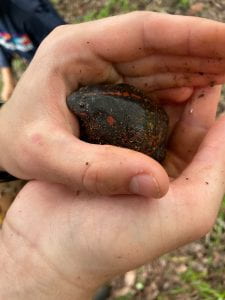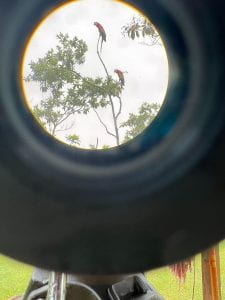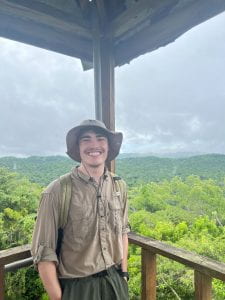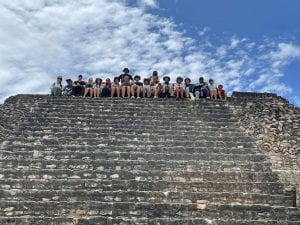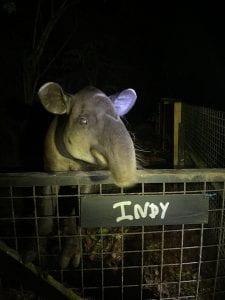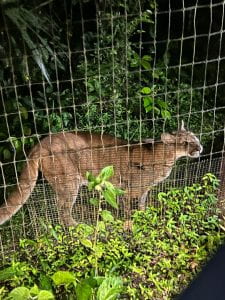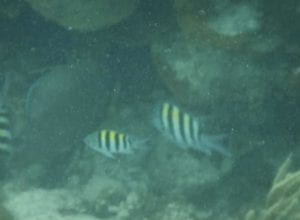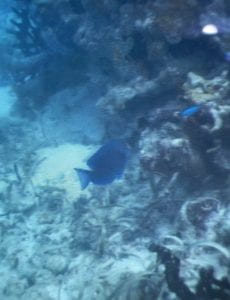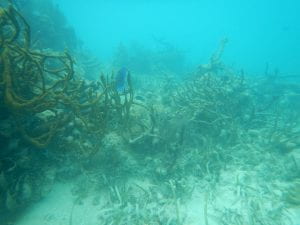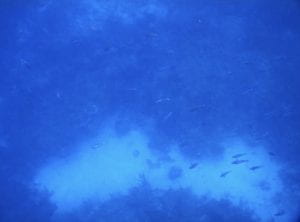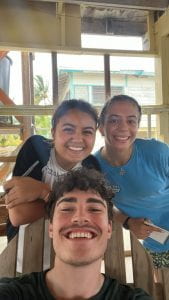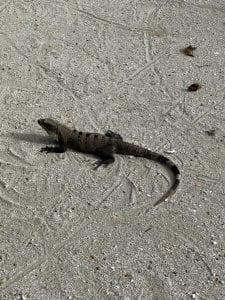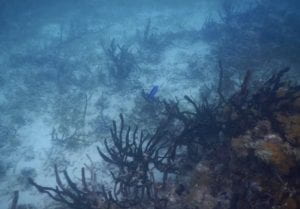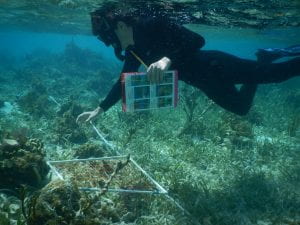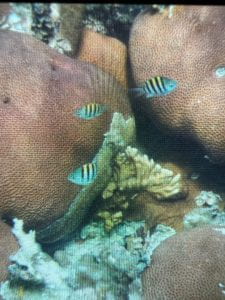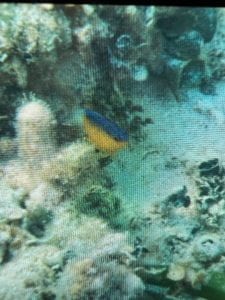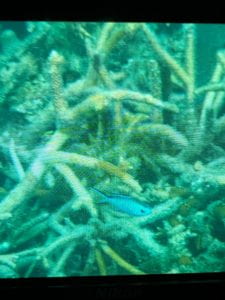Hey guys! It’s Michiel again : )
The class was up early to collect the pitfall traps we set yesterday. We felt like real TFBs as we were out there because we went out there without a professor to lead us. We were able to pick up all the traps in about 30 minutes. We went back to the station with our tubes, poured out the contents in a petri dish, and picked out arthropods with forceps. We ended up collected five arthropods from the canopy traps filled with water, seven arthropods from the canopy traps fill with pee, twenty arthropods from the floor traps filled with water, and twenty-six arthropods from the floor traps filled with pee. We were able to conclude that there are more total bugs on the forest floor than the canopy, and we believe this is true because the forest floor is more nutrient rich than the canopy due to falling organic matter. We also saw that, in general, the arthropods preferred the pitfall trap with nutrients; however, the data shows that the arthropods in the forest floor may prefer it more than the ones in the canopy. We believe that maybe arthropods in the canopy have adapted to less available nutrients and thus don’t seek them out much, unlike the ones on the forest floor, but we’re not too sure about that reasoning.
After analyzing our data, Adrienne, Ava, Sophia, Elena, Rusty, Michael, McKenna, and I went out to collect the camera traps we had set up the other day. We went through the trails really fast, sweating through our clothing at some points. Eventually, the rain started, which cooled us down, but we were able to get through the trails that took us the entire day on Friday in only an hour and a half. After collecting the traps, we went back to Las Cuevas where we noticed the incessant sound of Mexican Burrowing Toads coming from Frog Pond. A couple of went out to go look at them, but, unfortunately, they all seemed to be hidden in the thicket that surrounded the pond. However, it was really cool to hear the croaks coming from all directions. Here’s a picture of us there!
The rest of the day was fairly uneventful. However, we did get to see a dog on the road! I finally saw a mammal, you guys. My phone was dying, though, so I couldn’t take a picture. I’m sure you all know what a dog looks like. It was brown and white and the breed of dog was indiscernible.
Hopefully, I’ll get to see some wild mammals soon!




